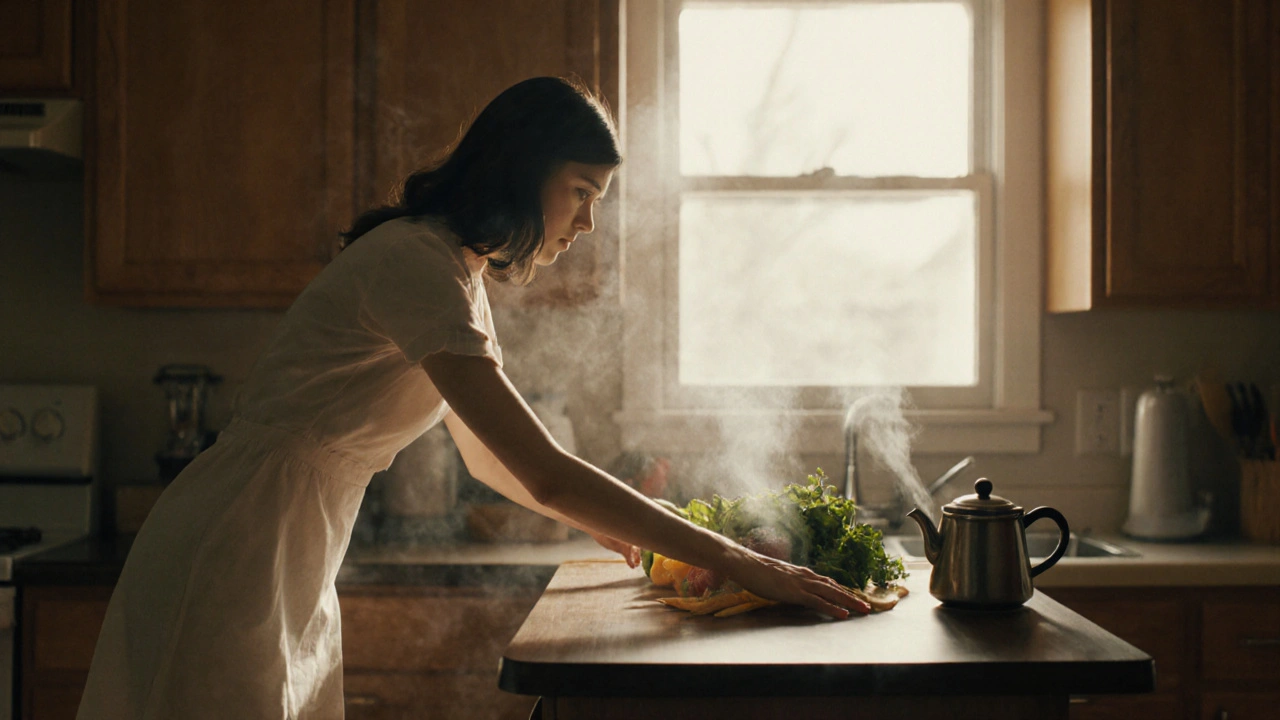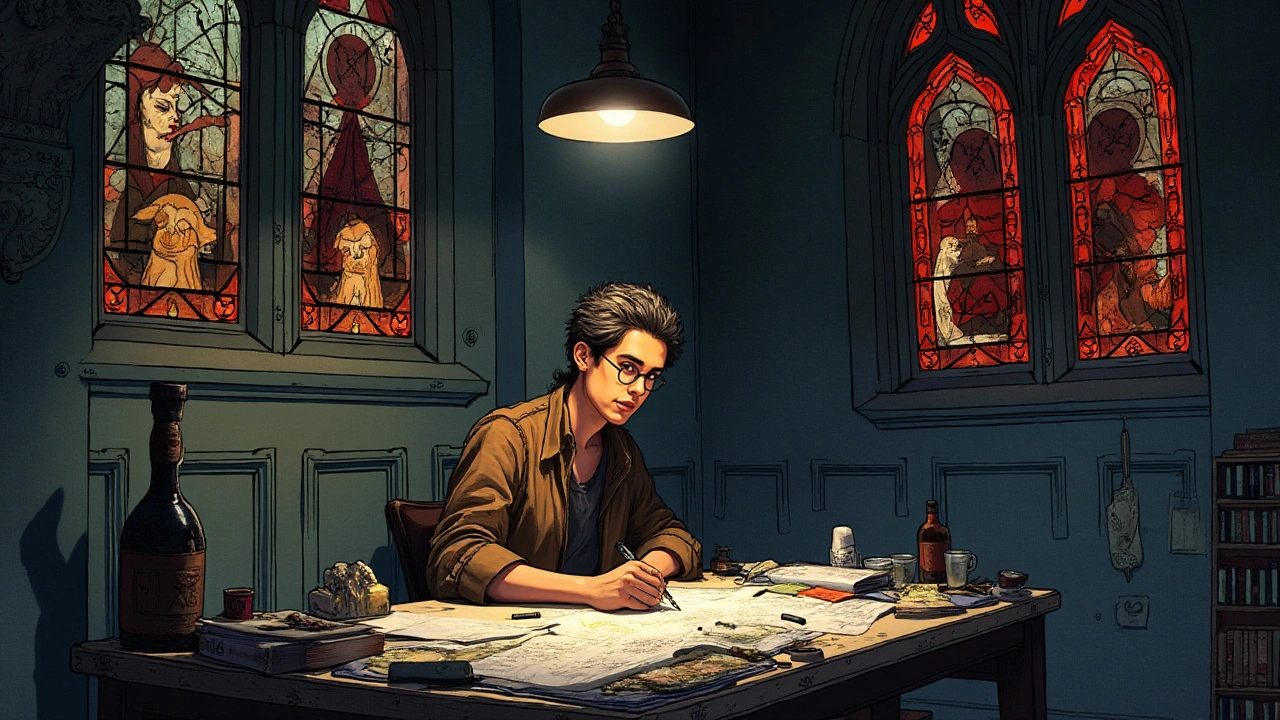Graphic Novels: A Visual Art Form for Readers and Makers
Graphic novels blend image and word to tell stories in a way plain text can't. Think panels, pacing, and art choices that guide emotion and meaning. If you love painting, design, or illustration, graphic novels are a natural place to look for new ideas and techniques.
Here you'll find practical tips for reading, analyzing, and making graphic novels with an artist's eye. I focus on visual choices that shape a story: composition, line, color, and the rhythm between panels. These elements matter whether you read for pleasure or study them for practice.
Read Like an Artist
When you read, pause on each panel and ask what the artist chose to show and hide. Look at crop, perspective, and how much detail appears in background versus foreground. Notice how page turns build surprise or slow the scene down. Compare line quality and color palettes across artists to see how mood changes.
Make Your Own
Start small: one page with three to six panels teaches pacing fast. Sketch thumbnails to test compositions before committing to final line work. Use simple tools: pencils for layout, ink for contrast, and flat color blocks for mood. Digital tools add speed and easy color edits, but don’t skip studying hand-made techniques first.
If you study art movements, you'll spot influences everywhere: photorealism in detailed faces, expressionist color in emotional scenes, or Bauhaus balance in clean layouts. Cross-referencing movements gives fresh ideas for composition and storytelling.
Want quick reading picks? Start with a short memoir or a single-issue story to see how weighty subjects fit into tight layouts. Look for artists who experiment with page rhythm; you learn pacing faster that way.
Use this tag page to find posts on art movements, technique breakdowns, and design ideas that feed into graphic storytelling. Each linked piece shows a different angle: history, hands-on tips, or vivid examples you can copy and adapt.
If you make art, try remaking a favorite scene in your own style to study choices up close. Flip through older comics and fine art books side by side to catch influences you didn't expect.
Want tools and resources? Look for layout grids, panel templates, and color swatch packs that match your chosen mood. Workshops and online critiques also speed learning more than solo practice.
Graphic novels sit at the intersection of art and storytelling, and that makes them a perfect practice ground for visual artists. Use the posts here to borrow ideas, not copy, and to sharpen your eye for composition, color, and rhythm.
Want a quick challenge? Pick a news article and tell it in six panels using only images and one caption per panel. It forces choices and shows how much a single line or color change can alter a story.
Questions or project ideas? Browse the tag or drop a comment on any post to start a short conversation. Make something small today and study why it works. Then do it again differently.


